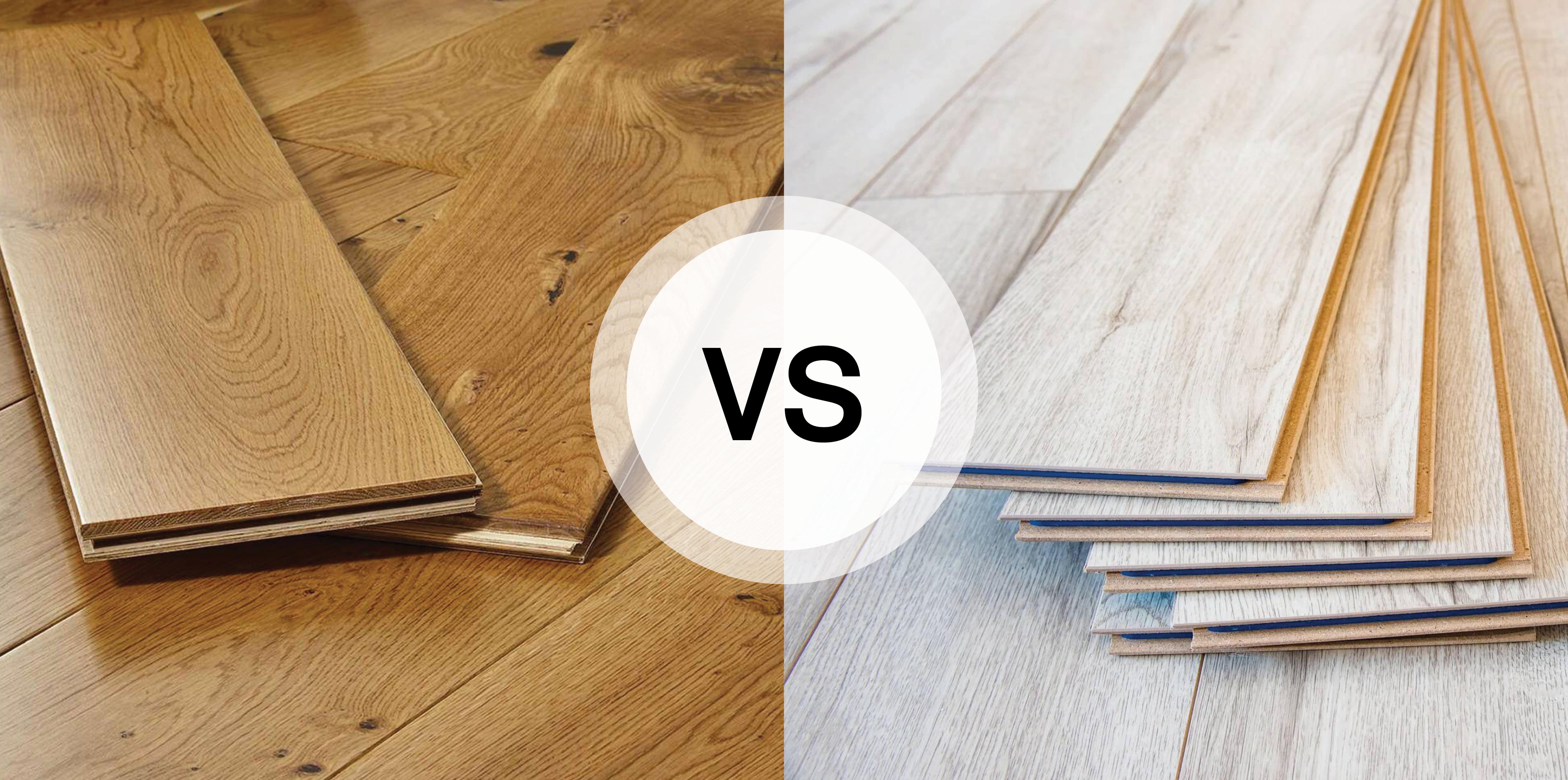Engineered Hardwood Flooring vs Laminate: Key Differences Explained

When choosing flooring for your home, two popular options often come up: engineered hardwood flooring and laminate flooring. Both offer style, durability, and affordability compared to solid hardwood, but they are very different in structure, performance, and appearance. Understanding their differences will help you decide which one is the right fit for your space.
What is Engineered Hardwood Flooring?
Engineered hardwood is made with a real hardwood veneer on top, supported by layers of plywood or high-density fiberboard (HDF). This layered structure makes it more stable than solid hardwood and less prone to warping.
Key Features:
-
Real wood surface for a natural look and feel
-
Available in a variety of species and finishes
-
Can often be sanded and refinished (depending on veneer thickness)
-
Provides long-term durability with proper care
What is Laminate Flooring?
Laminate flooring, on the other hand, is made from a high-density fiberboard core topped with a photographic image layer that mimics wood, stone, or tile, and a protective wear layer. It is not real wood, but it is designed to look like it.
Key Features:
-
Highly affordable compared to hardwood
-
Scratch-resistant and easy to maintain
-
Wide range of styles and patterns
-
Cannot be refinished once damaged
Engineered Hardwood vs Laminate: Key Differences
1. Appearance and Feel
-
Engineered Hardwood: Has a genuine wood surface, giving it a natural warmth and authentic texture.
-
Laminate: Uses a photographic layer to imitate wood or stone, which can look convincing but lacks the feel of real wood.
2. Durability
-
Engineered Hardwood: More durable than solid hardwood but still vulnerable to scratches and moisture.
-
Laminate: Extremely resistant to scratches and stains, making it suitable for high-traffic areas and homes with pets or children.
3. Moisture Resistance
-
Engineered Hardwood: Better than solid hardwood but not completely waterproof. Spills should be cleaned quickly.
-
Laminate: More resistant to moisture, though prolonged exposure can still cause swelling. Some modern laminates are water-resistant.
4. Installation
-
Engineered Hardwood: Can be glued, stapled, or floated. It often requires professional installation.
-
Laminate: Typically uses a click-lock system, making it easier for DIY installation.
5. Lifespan
-
Engineered Hardwood: Can last 20–30 years with care and refinishing (if veneer thickness allows).
-
Laminate: Usually lasts 10–20 years depending on quality but cannot be refinished.
6. Cost
-
Engineered Hardwood: More expensive, but adds resale value due to its real wood surface.
-
Laminate: Budget-friendly and offers the look of wood at a fraction of the price.
Which Flooring Should You Choose?
-
Choose Engineered Hardwood if you want the authenticity and warmth of real wood, plan to stay in your home long-term, and are willing to invest more.
-
Choose Laminate if you’re on a budget, need a durable surface for kids or pets, and want a stylish look with low maintenance.
Conclusion
Both Engineered Hardwood Flooring in Auckland and laminate flooring have their own advantages. Engineered hardwood brings timeless elegance and natural beauty, while laminate offers affordability, durability, and easy maintenance. The right choice depends on your budget, lifestyle, and the specific needs of your home.






